From Attention to Intention: The New Era of E-Commerce Engagement

From Attention to Intention: The New Era of E-Commerce Engagement
Introduction
For more than a decade, online stores have been obsessed with a single metric — attention. Every marketing strategy revolved around capturing eyeballs: clicks, impressions, likes, and video views. But as competition grew and digital noise exploded, something became clear — attention alone doesn’t pay the bills.
The next era of e-commerce isn’t about catching the eye. It’s about understanding intention — predicting whycustomers act, not just what they do.
1. The Death of the Click
In 2025, the average person is exposed to over 10,000 ads daily. Yet click-through rates continue to fall. People have learned to ignore marketing stimuli. Even perfect visuals can’t compete with fatigue and information overload.
That’s why modern e-commerce must move from click-based marketing to intent-based personalization. The future belongs to brands that understand not only who visits their site, but why they came — and what they hope to achieve.
2. The Age of Intention Marketing
Intent marketing focuses on recognizing the real motivation behind a customer’s behavior. Using AI and predictive analytics, e-commerce platforms now interpret subtle signals:
- How long a user hovers over a product image.
- Whether they scroll back to read reviews.
- How often they compare similar items.
Each action is a piece of the puzzle revealing purchase intent. Instead of pushing discounts, smart stores use these insights to guide, not pressure.
3. Micro-Moments: The Invisible Battlefield
Every sale now depends on micro-moments — the tiny windows of opportunity that last just seconds.
A user pauses on a product page, hovers over “Add to Cart,” or checks delivery options. That’s when AI-driven systems trigger personalized actions: a reassurance banner, a chatbot message, or a one-time offer that fits the user’s context perfectly.
Brands that master these micro-moments can boost conversion rates by up to 40%, especially on mobile devices.
4. AI as a Silent Sales Partner
Artificial intelligence is no longer just an automation tool — it’s a psychologist for data.
By analyzing millions of interactions, AI learns patterns of hesitation, curiosity, and confidence. It can predict when a user is about to leave and act before they do.
For example:
- A user compares three items → AI offers a “comparison summary.”
- Someone scrolls pricing too long → a dynamic discount appears.
- A repeat visitor returns after 30 days → AI shows the latest collection automatically.
AI doesn’t just sell more — it understands when to speak and when to stay silent.
5. From Metrics to Meaning
The next big shift in e-commerce KPIs won’t be about clicks, CPMs, or impressions.
It will be about connection. The ability to build relevance, not just visibility.
In this new landscape, the key question for any brand will be:
“Did we help the customer make the right decision?”
Because when intention drives strategy, every sale becomes a service — and customers come back not for promotions, but for trust.
Conclusion
The age of chasing attention is over. The age of nurturing intention has begun.
AI, predictive analytics, and behavior-driven marketing allow online stores to understand customers deeper than ever before.
E-commerce of the future will no longer be about who shouts the loudest, but about who listens best.
And the brands that learn to transform insight into empathy will dominate the digital economy of the 2030s.
Przeglądaj inne artykuły

Edge Intelligence: The Future of Smart, Decentralized Computing

AI-Powered Cybersecurity: How Intelligent Systems Are Redefining Digital Defense

Modern Software: How Our Company Is Reshaping the Technology Landscape

From Digital Transformation to Digital Maturity: Building the Next Generation of Tech-Driven Busines

AI Agents: The Rise of Autonomous Digital Workers in Business and Software Engineering

Synthetic Data: The Next Frontier of AI and Business Intelligence

Quantum AI: How Quantum Computing Will Redefine Artificial Intelligence and Software Engineering

Design Intelligence: How AI Is Redefining UX/UI and Digital Product Creativity

How Artificial Intelligence Is Transforming DevOps and IT Infrastructure

AI Observability in Production: Monitoring, Anomaly Detection, and Feedback Loops for Smart Applicat

Low-Code Revolution: How Visual Development Is Transforming Software and Marketplace Creation

Composable Marketplaces: How Modular Architecture Is the Future of Platform Engineering

AI-Powered Storyselling: How Artificial Intelligence Is Reinventing Brand Narratives

The Era of Invisible Commerce: How AI Will Make Shopping Disappear by 2030
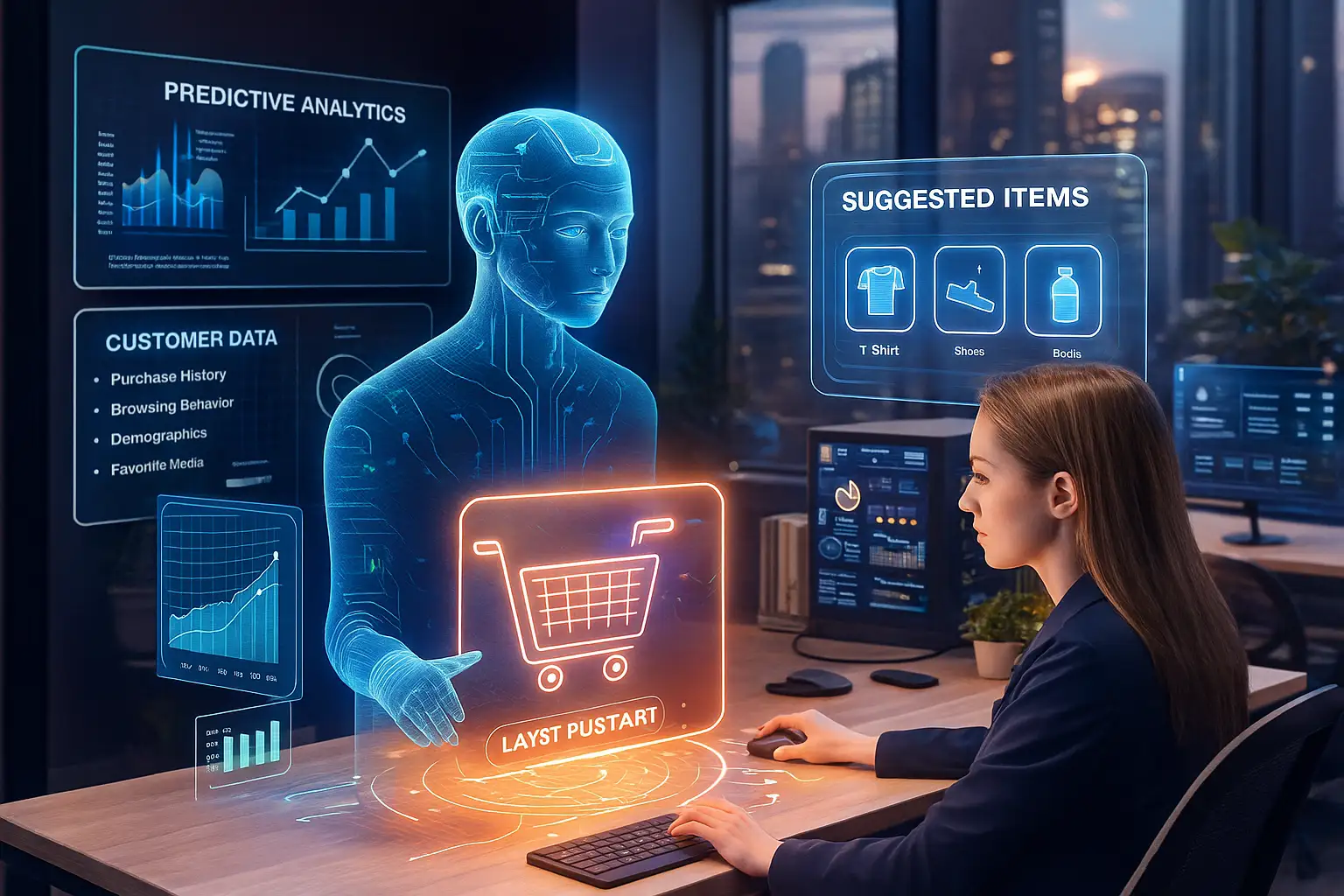
Predictive Commerce: How AI Can Anticipate What Your Customers Will Buy Next

Digital Trust 2030: How AI and Cybersecurity Will Redefine Safety in the Digital Age

Cybersecurity in the Age of AI: Protecting Digital Trust in 2025–2030

The Future of Work: Humans and AI as Teammates

Green IT: How the Tech Industry Must Adapt for a Sustainable Future

Emerging Technologies in IT: What Will Shape 2025–2030

Growth Marketing – A Fast-Track Strategy for Modern Businesses
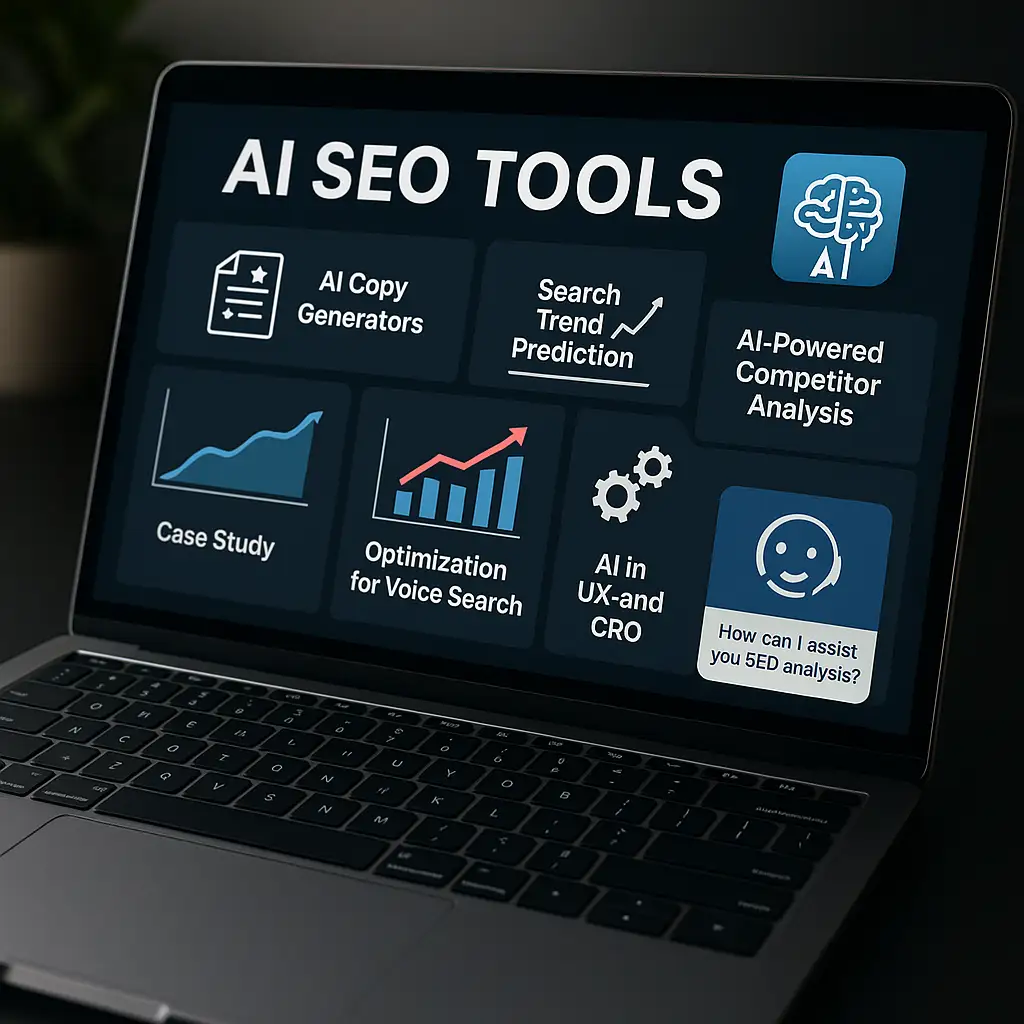
AI SEO Tools – 5 Technologies Revolutionizing Online Stores
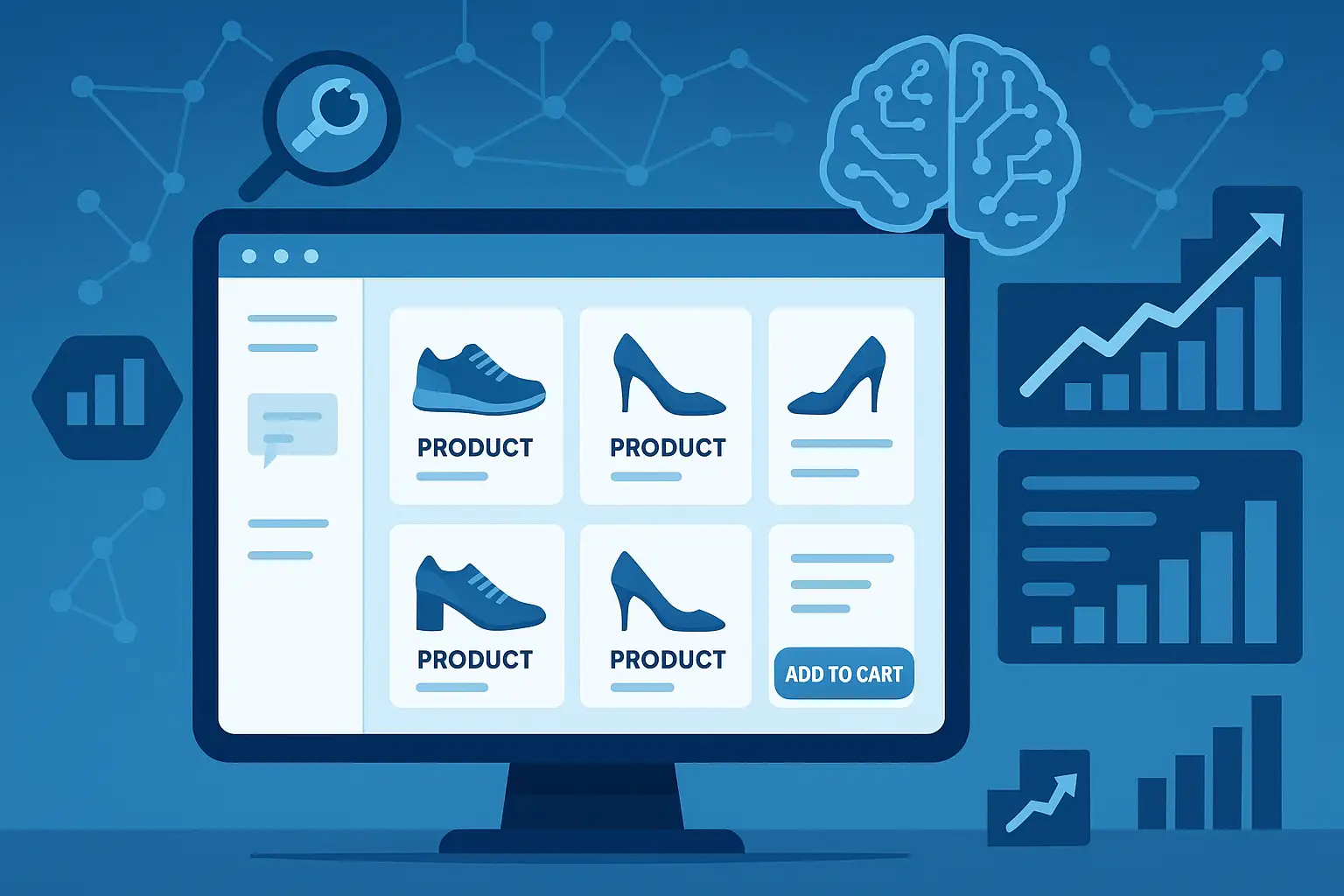
AI SEO – How Artificial Intelligence Is Transforming Online Store Optimization

Product-Led Growth – When the Product Sells Itself

Technology in IT – Trends Shaping the Future of Business and Everyday Life

Marketplace Growth – How Exchange Platforms and E-commerce Build the Network Effect
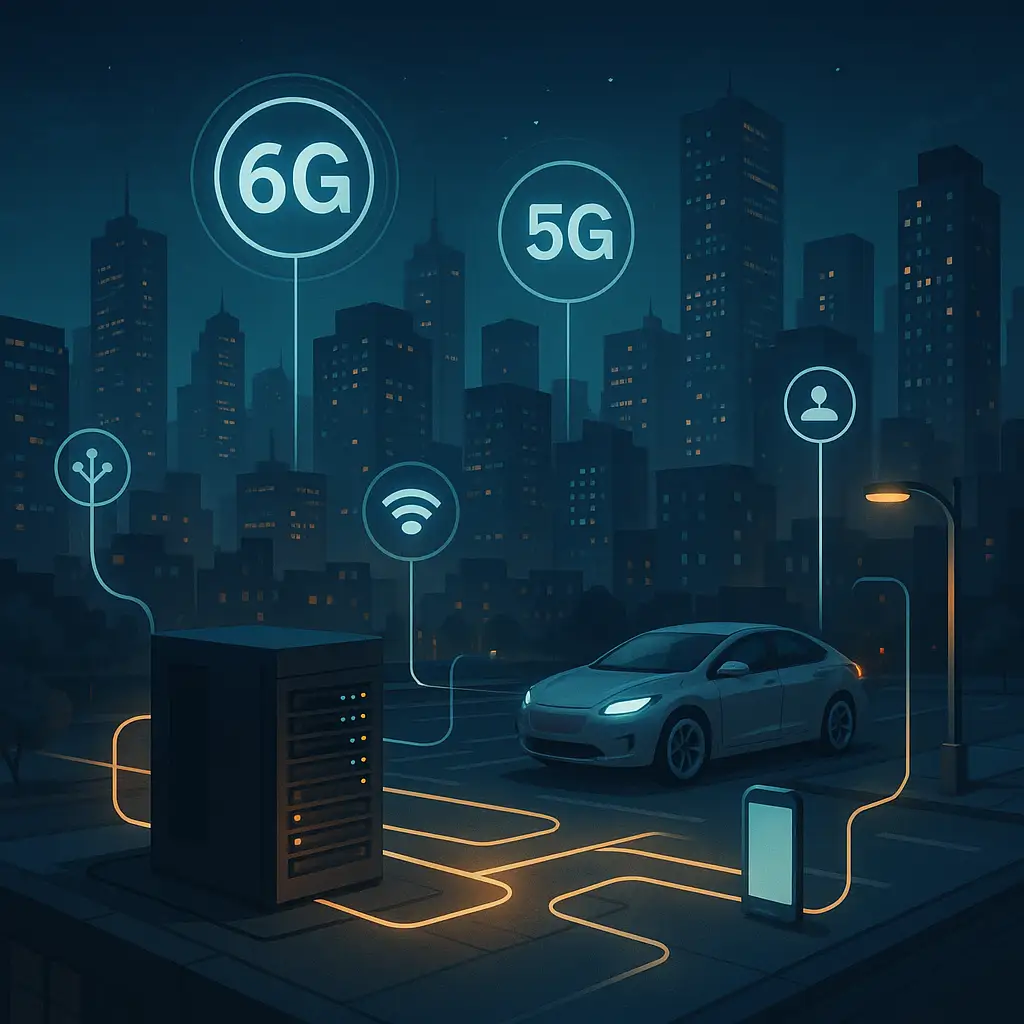
Edge Computing – Bringing Processing Power Closer to the User

Agentic AI in Applications – When Software Starts Acting on Its Own
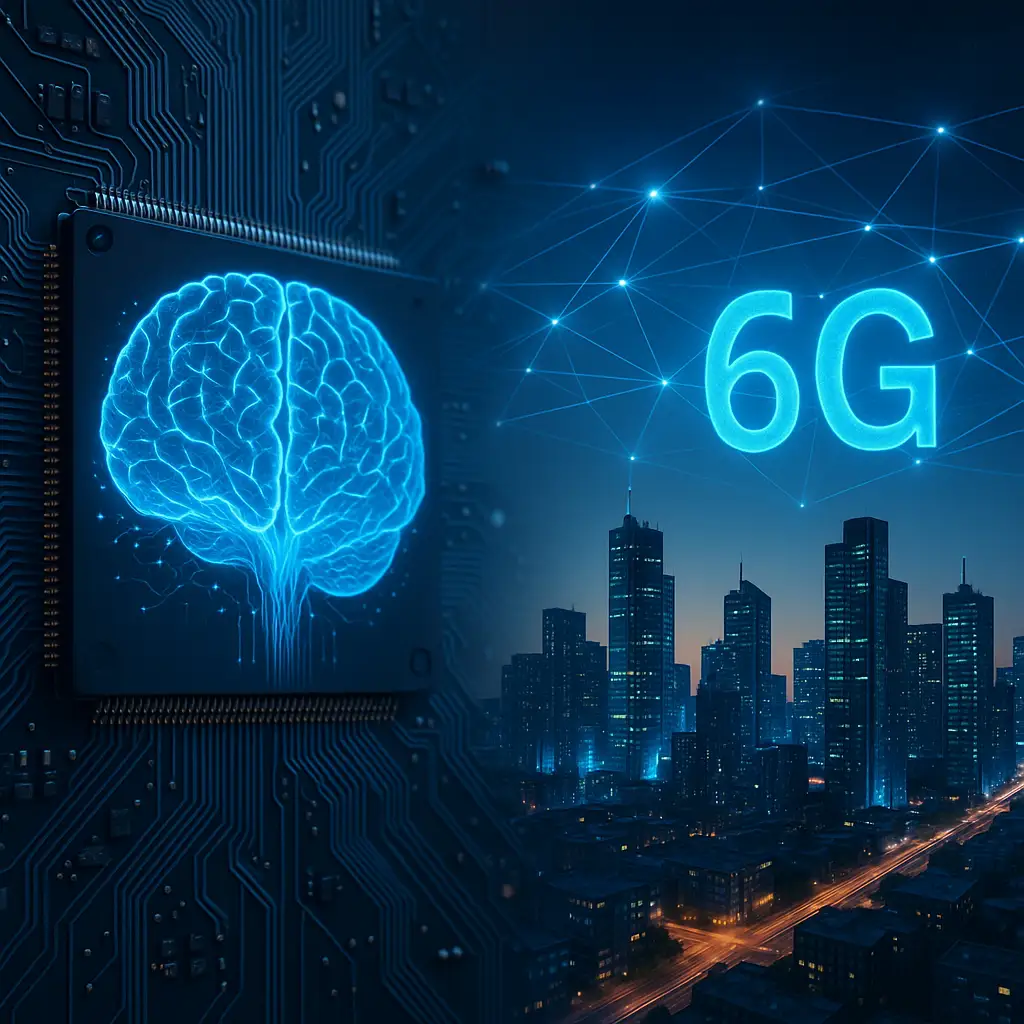
Neuromorphic Computers and 6G Networks – The Future of IT That Will Change the Game

Meta Llama 3.2 – The Open AI That Could Transform E-Commerce and SEO
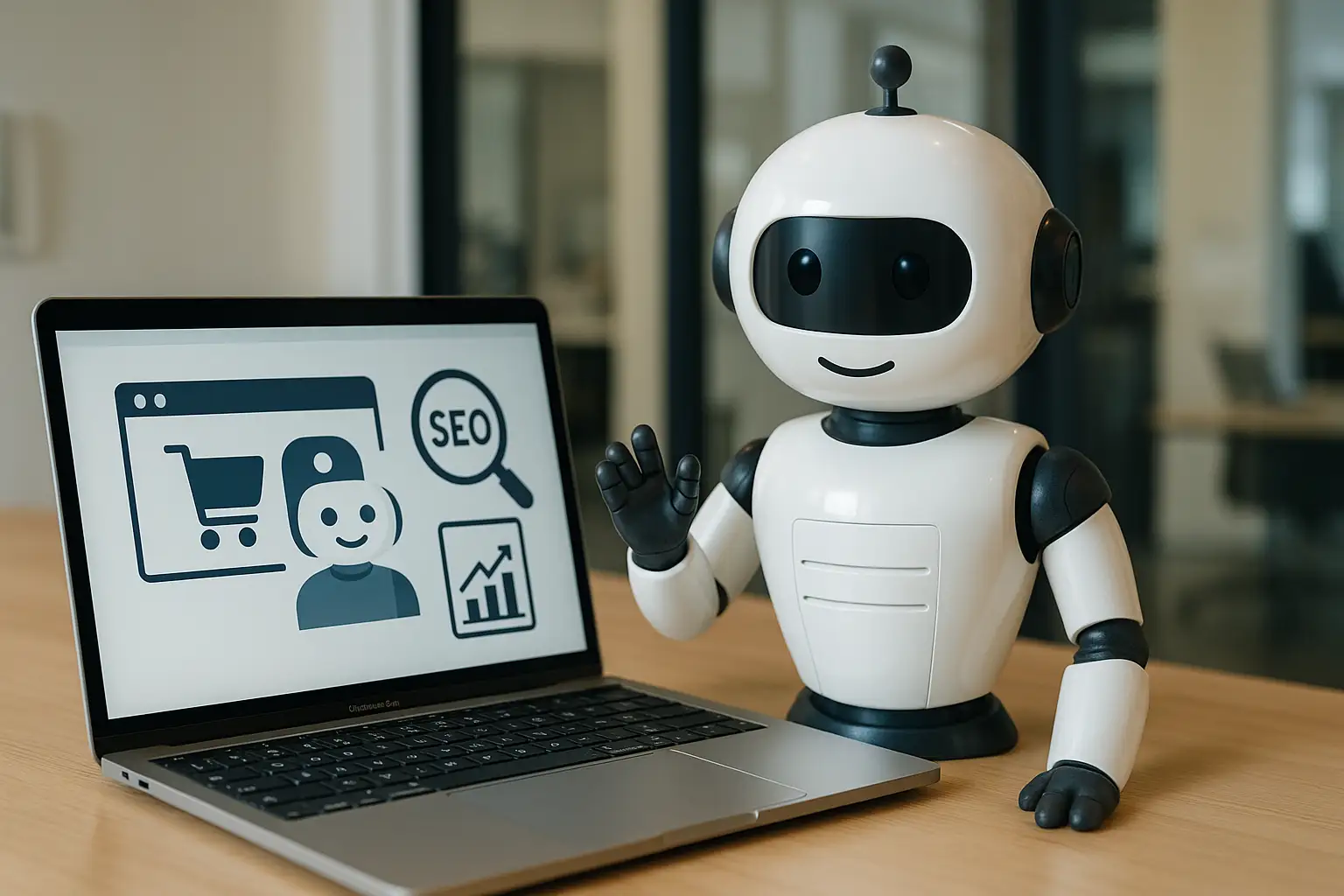
AI Chatbot for Online Stores and Apps – More Sales, Better SEO, and Happier Customers

5 steps to a successful software implementation in your company

Innovative IT solutions — why invest now?

Innovative software development methods for your business

5 steps to successfully implement technological innovation in your company
